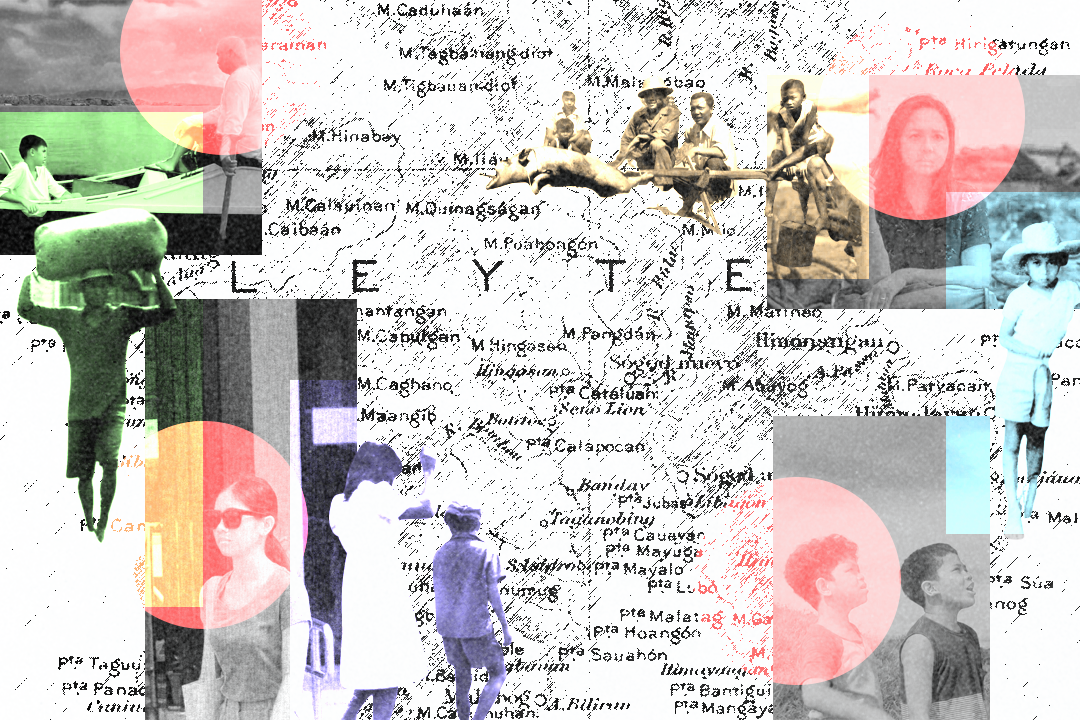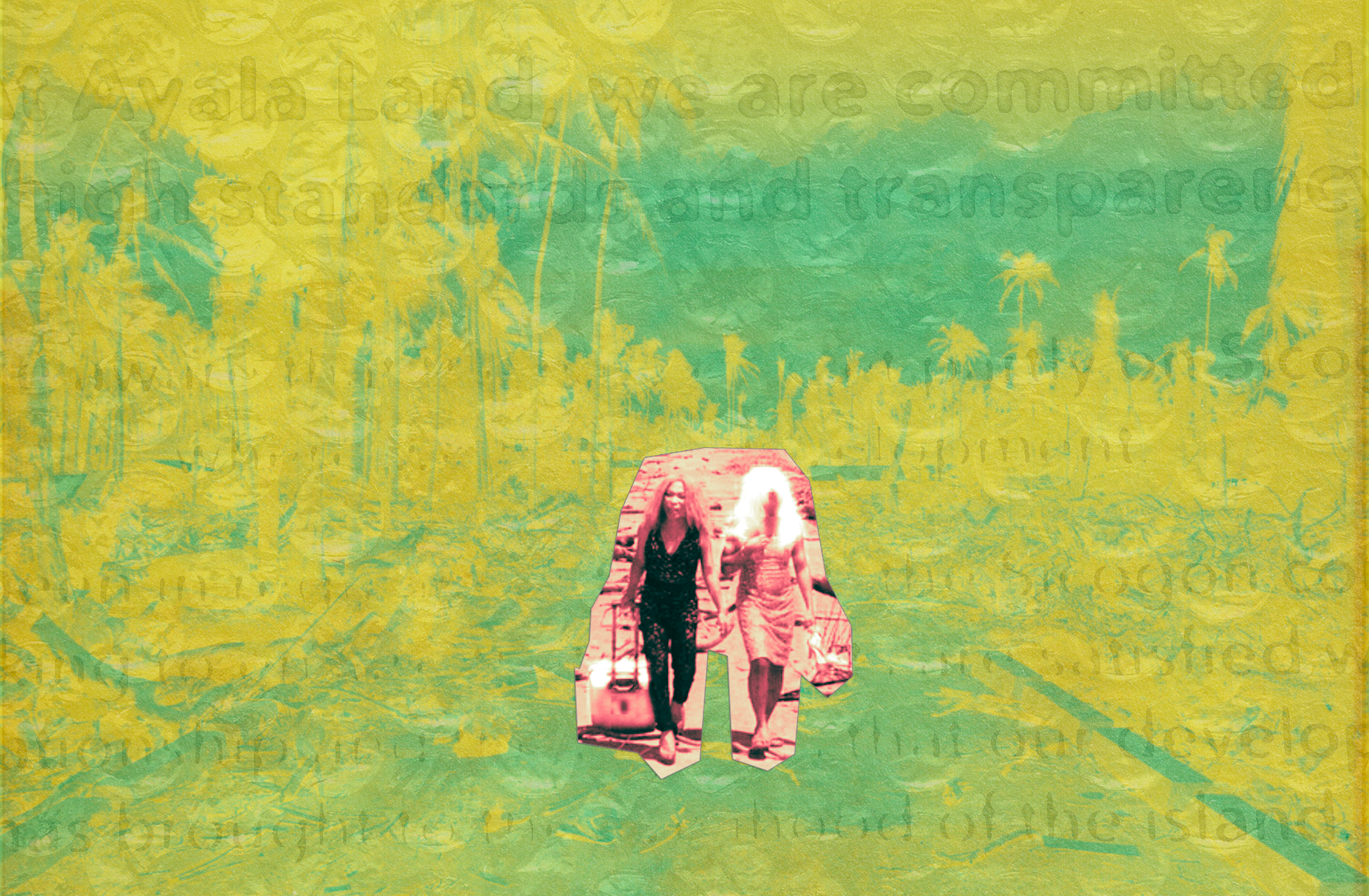Sailing the High Seas with MARG1N
Sailing the High Seas with MARG1N
Feature art by Abigail Manaluz
The makeshift CD-DVD shop managed by manong or manang on the sidewalk. A classmate’s flimsy, potentially-virus-infected flash drive. A Telegram group chat with hundreds of thousands of members. When we look back on the past, this eccentric side of film distribution will endure because of the people who bought a copy or shared a file, and are continually making movies available everywhere through other means than the norm. Such is the kind of history that MARG1N wants to capture.
Like happenstance, it was in one of those film-adjacent Telegram channels where I first learned about MARG1N, a Cambodia-based print-only film magazine specializing in the exploration of Southeast Asian cinema in the peripheries. For their maiden issue, the magazine zooms in on the cinema cultures of the Philippines and Cambodia through the lens of piracy. I had the chance to meet up with their managing editor Alyssandra Maxine (Max) and talk about selling piracy to the world, zine production, and the publication’s origins.
Where normally you’d expect a magazine to have a full-blown staff of 10 to 20-something people, the MARG1N crew likes to keep their circle close. “It’s a very small team,” says Max. “I’d say like three [people] plus one.” Editor-in-chief and film writer Savunthara Seng and graphic designer Sonich Touch—both based in Cambodia—stand as the other two pillars of the publication, with French-Cambodian filmmaker Davy Chou serving as its adviser.
This interview has been edited for clarity and brevity.
How did MARG1N magazine come into existence?
The idea for a film magazine came when Savunthara (Thara), the editor-in-chief, started working at Anti-Archive, a production house in Cambodia. Thara and I have been friends for three years after interacting online on Letterboxd. After helping him edit an essay for a critic’s lab, he asked me if I wanted to be part of this zine project about Cambodian art. Later, I suggested expanding the scope to Southeast Asia as a whole. He knew Sonich, a freelance graphic designer, and then we arranged a meeting. So, the three of us became the core team, with Davy Chou helping on the sidelines, from the funding to the production and distribution end of things.
How did you choose piracy as the theme for this first issue?
Thara and I were already circling around the themes of piracy and distribution, and I was thinking, what’s a novel way to talk about film? I wouldn’t say talking about piracy is a radical idea, I’m sure it’s been done many times over. But it’s not so much the core focus of a single issue. One thing we’re looking at in the magazine is what all Southeast Asians have in common, and that was piracy. A lot of Western movies are brought to the region, and we wanted something with a more regional focus. We also wanted to talk more about the people and not so much the films for this issue. I like contemporary sketches, honesty, and vulnerability. How else to be vulnerable but through piracy?
Were there any apprehensions regarding the future reception towards this issue considering the ethical dilemmas of piracy?
Honestly, I didn’t care (laughs). This is a cool topic to write about, and I don’t think people are generally touchy about it. We did, however, receive the most pushback in the funding stage. There were some more conservative backers who didn't want to touch [the magazine] or had arguments with the team. I appreciate Davy because he was protective of the board and gave us the creative space to do what we want. Overall, I was more cautious about selling the magazine. I think if we focused on the Philippine and Cambodian markets alone, it would be very hard to sell. So, the answer was distributing it internationally. We printed around 500 copies, and we’re almost sold out. I’m surprised too that people want to read it.
How was it like working as a small team composed of different nationalities and cultural backgrounds?
There was no problem in terms of communicating and getting things across. If anything, it was how our ideas got translated. By not being there in person with your team, you have to be clearer and understand that your teammates interpret things differently to their own abilities. And at the end of the day we also have our day jobs; this is not our full-time thing. We have to allot the brain space for the publication, taking the time to have the occasional meeting and keeping each other constantly updated. We were very collaborative in the beginning, but we did have some communication struggles towards the end of production. Still, we got the magazine done, and we also had an evaluation and agreed to talk more to each other in the next issue.
What are some of the challenges that you encountered producing MARG1N’s maiden issue?
Getting writers to submit on time. Since they have their own commitments, plus you’re an indie magazine running on limited resources, it’s a mix of trying to understand [their situation] but also making deadlines clear. At the end of the day there has to be a mutual interest between parties. Thara and I also agreed to allot more time for the printing stage next time to make the magazine colors better as well as for our proofreader, who only had one day to read the whole first issue.
What was your editing philosophy while working on the magazine?
There’s this German concept of dasein from Heidegger that refers to the way someone sees the world. As an editor, whenever I’m reading a piece, I always try to understand or visualize from my own limited perspective what [the writer’s] world may look like and see how their piece shapes around it. I don’t try to tamper with the writing style, rather I refine the thought and content.
What similarities did you notice between the Philippines and Cambodia as you went through the submissions?
The two nations both miss the old school piracy like DVD shops because that’s how a lot of people discovered films and nowadays you’re just restricted to what’s shown to you. There’s less of a sense of joy in exploring. Also, Budots, the documentary short by Jay Rosas, one of our contributors, was screened during the Cambodia launch of MARG1N, and it was apparently a hit because there’s a similar genre of music in the country.
What are your plans for the next issue?
For the Philippines and Cambodia, specifically, they share almost no history together. We wanted to start with these countries because for one, they’re our home bases, and if you’re starting out in publishing it’s easier to start with what you know and what you see around you. And if there’s no history between the two nations, we have to make it.
For the next issue, it’s going to be Singapore and Vietnam with the theme of “traces.” We’ve already contacted several writers, but we’re still open to pitches and submissions. We chose “traces” since piracy is very bold, provocative, and literal, and we wanted something more abstract to counter that and give writers more leeway.
Now for the all-important question: how did you arrive with the name MARG1N?
We wanted to focus on cinema on the peripheries, and what’s on the peripheries of content? The actual margins. It’s the urge to write alongside the lines when you’re reading a book; to be more interactive and show resistance to passivity of consuming content. You write on the margins, and you share your own thoughts. You take the words of others and use it to live out your own life. And the “1” is to differentiate [the magazine] so it comes up easier in searches because before, when you look up “margin” on the internet, it just gives you a result for some cryptocurrency.
And finally, what is a detail in the first issue that you are most proud of?
The credits. It’s a tribute to Apichatpong Weerasethakul because it happens in the middle of the magazine like the one in his film, Blissfully Yours (2002).
Bonus round: Can you share your TAPSILOG movies? (Tapa = your favorite movie, sinangag = your comfort movie, and itlog = a movie recommendation)
Tapa - Now Showing (2008)
Sinangag - Gusto Kita with All My Hypothalamus (2018)
Itlog - Ikaw Pa Lang ang Minahal (1992) and Sila-Sila (2019)
MARG1N’s issue one, pirate.lov3r.2024.mkv, is now available.
Special thanks to Kieff Iporac for throwing in some great questions.




















